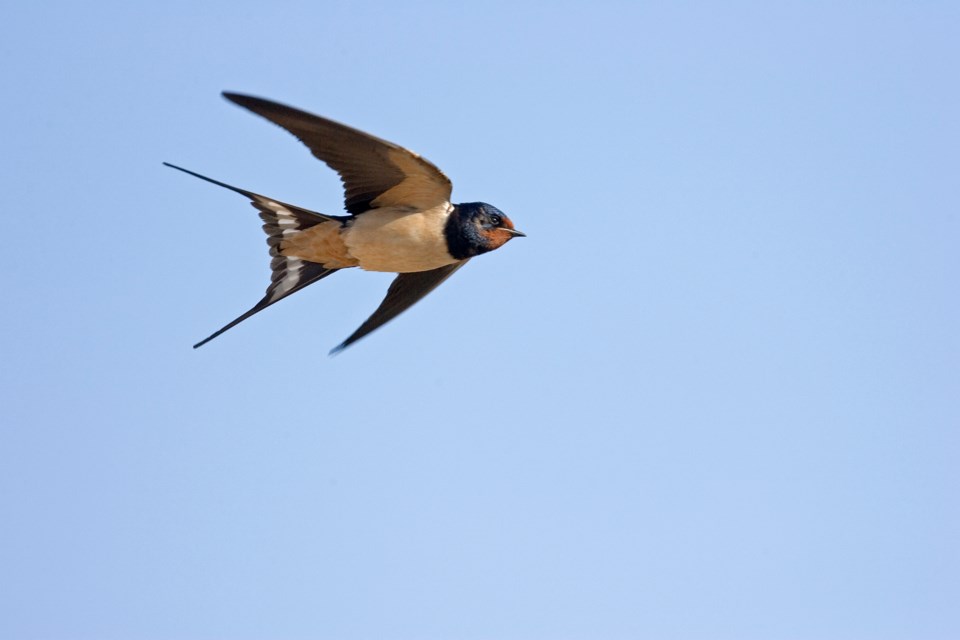We have made it through another winter! Let the good times begin! Though the news channels are still depressing with COVID, anarchic occupations, and Cold War invasions, our natural world is coming alive again and is there to be welcomed and enjoyed by all.
Spring is in the Sunshine Coast air, with crocuses in our gardens, skunk cabbage in the ditches, catkins full of pollen and even a tip of the hat to the weeds growing again in my garden. The first birdsong of the year is under way, with song sparrows in riparian areas, Pacific wrens on the forest floor, Hutton’s vireos in the trees, and red-winged blackbirds in the cattail marshes, all now singing to attract a mate and defend a breeding territory. Robins are returning to the Sunshine Coast after their winter absence and you may hear their animated chatter in your garden. The best places to see robins though are open grassy meadows where hundreds of birds may congregate to forage, and the rough pastures in The Shores area of West Porpoise Bay are a prime location for this.
March brings the first true migratory species back to our area from down south, and is a precursor to the deluge of species that arrive in April and early May. Many people are familiar with turkey vultures (though often confused with eagles) as they wobble overhead in their unsteady soaring, and the first vultures often arrive in early March. That ultimate harbinger of summer, the swallow, is usually first reported in the first half of March, and the most predictable location is over the lagoon at the Ruby Lake Resort. The first swallow species to arrive are tree swallows and violet-green swallows, with the famous barn swallow following in late April. Birders are always alert for the first yellow-rumped warbler of the year. This event is around mid-month, when their distinctive “chip” note will be heard in the still-bare alder branches. In later March the male rufous hummingbirds will arrive back from Mexico and appear at our feeders. Look for their glittering golden-orange gorgets which distinguish them from the resident Anna’s hummers (which have pink gorgets). Incredibly, for a hummingbird in Canada, Anna’s nest in the late winter, and may now be feeding nestlings.
To report your sightings or questions contact [email protected] or 885-5539. Good Birding.



-resized.jpg;w=120;h=80;mode=crop)